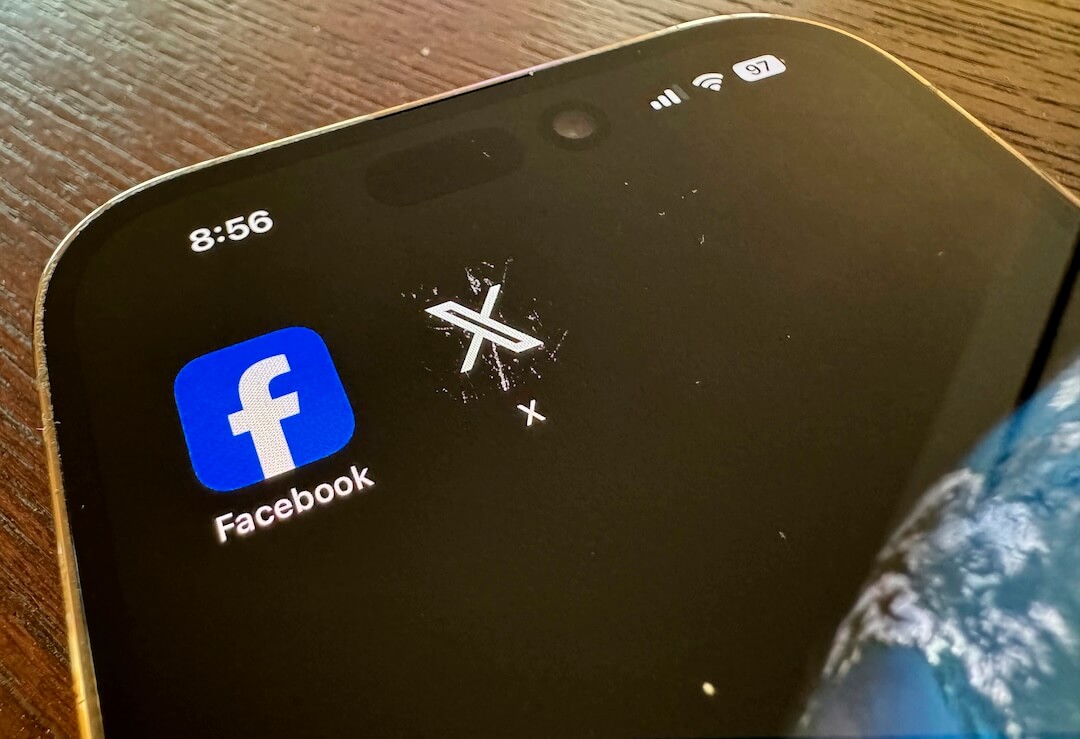Every year toward the end of March, journalists start reminding each other and our audiences of a few things:
- It’s almost April Fools’ Day.
- That means be extra vigilant about what you’re seeing and, more importantly, sharing.
- Please, journalists, for the love of Walter Cronkite, do not participate.
And every April 1, the following things happen:
- People (and sometimes newsrooms) share hoaxes.
- College papers rarely stick the landing.
- And in the last several years, there are stories just like this one asking if it’s time to be done with these shenanigans.
Add in a global pandemic, with both the critical need for trustworthy information and the devastating financial situation for local news, and trust is not something to play with right now. I’d much rather get my laughs from actor Leslie Jordan’s Instagram anyway.
[the_ad id=”667826″]
If you’re not ready to give up on April Fools’ and long for the simple days of human contact and pranksterism, here are a few classic April Fools’ Day media stories to hold you over until better days:
In 2015, the Colorado Springs Independent devoted its cover to news of plans for a new cat park. There was no cat park.

[the_ad id=”667878″]
In 2014, NPR managed a pretty good one by posting a link on Facebook asking why Americans don’t read anymore. The comments lit up in protest. But if you actually clicked through, you’d see a note from NPR:
Congratulations, genuine readers, and happy April Fools’ Day!
We sometimes get the sense that some people are commenting on NPR stories that they haven’t actually read. If you are reading this, please like this post and do not comment on it. Then let’s see what people have to say about this “story.”
And in 2012, my former colleague Andrew Beaujon pulled together eight classic newspaper hoaxes, including a faux edible newspaper.
Kristen Hare covers the transformation of local news for Poynter.org. She can be reached at khare@poynter.org or on Twitter at @kristenhare







